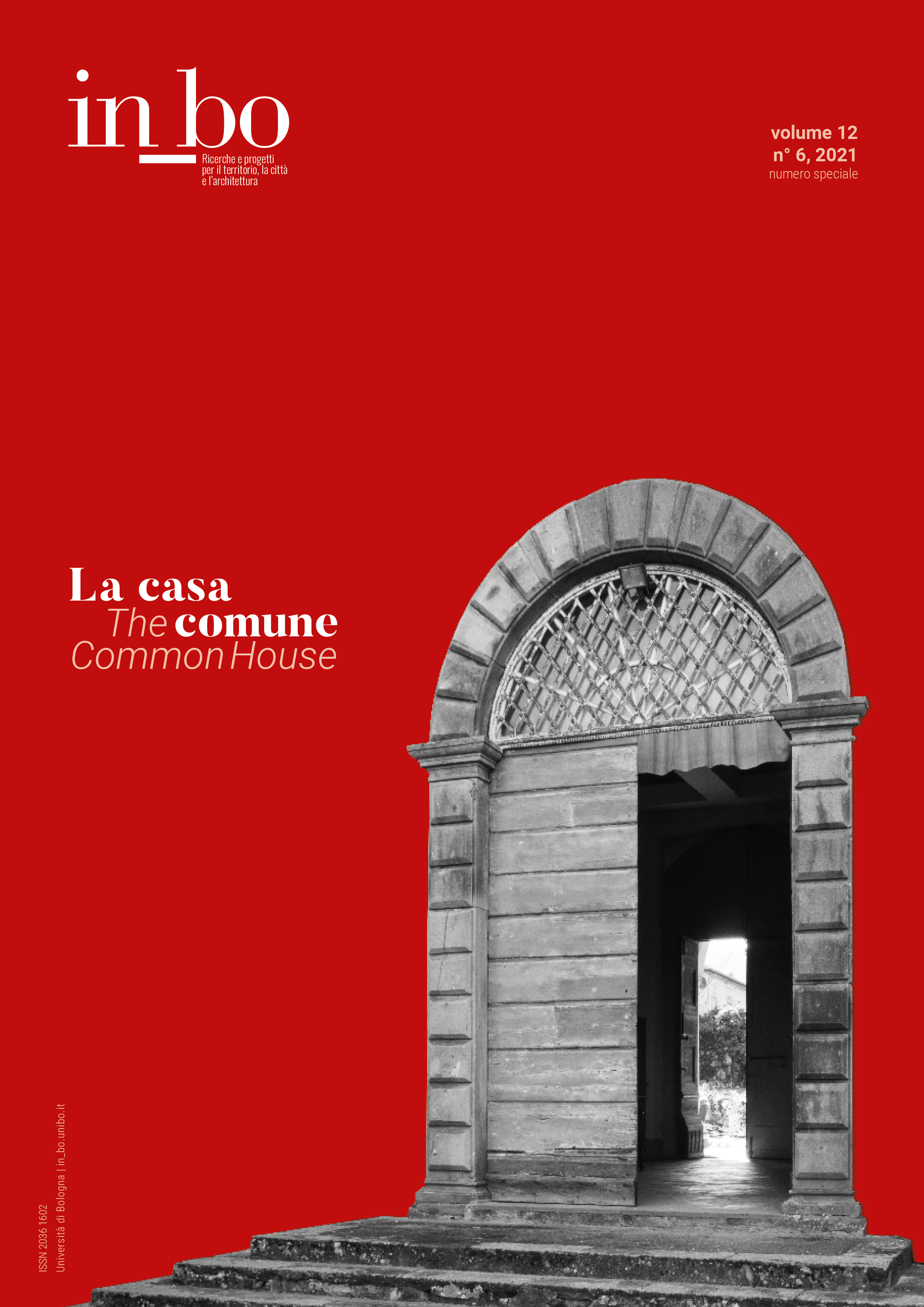Process Proposal for Adaptive Reuse and Social Promotion of Ecclesiastical Buildings
DOI:
https://doi.org/10.6092/issn.2036-1602/12453Keywords:
real estate development, adaptive reuse, ecclesiastical properties, religious houses, immaterial valueAbstract
Abandoned or disused ecclesiastical buildings located in Italy, in particular religious houses, are destined to increase in number in the near future. Pope Francis promoted events and texts suggesting ways and perspectives of reuse. By analysing two cases of social real estate enhancement of religious houses – the community of families Il chiostro in the Capuchin convent of Cerro Maggiore (Milan) and the project FOQUS at the institute Montecalvario in Naples – we have been able to formulate a hypothesis of adaptive reuse process in respect of the ecclesiastical goods. The two religious houses object of this study are to this day ecclesiastical property. They are being managed by non-profit organizations with purposes similar to those of the property. The adaptive reuse respects criteria of architectural, social and economic sustainability, to which are added those of ecclesial type. The adaptive reuse of religious houses should follow the principles of circular economy and ecological conversion while being environmentally friendly. It should also follow the principles of social justice invoked by the pontifical magisterium, in particular with the encyclical Laudato si’. The social real estate enhancement of religious houses should be a sustainable process that follows the intrinsic values of the ecclesiastical heritage, the doctrine of the Church, and the common good.
Downloads
Published
How to Cite
Issue
Section
License
Copyright (c) 2021 Francesca Giani

This work is licensed under a Creative Commons Attribution-NonCommercial 3.0 Unported License.





